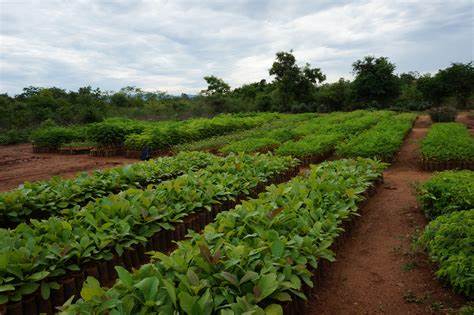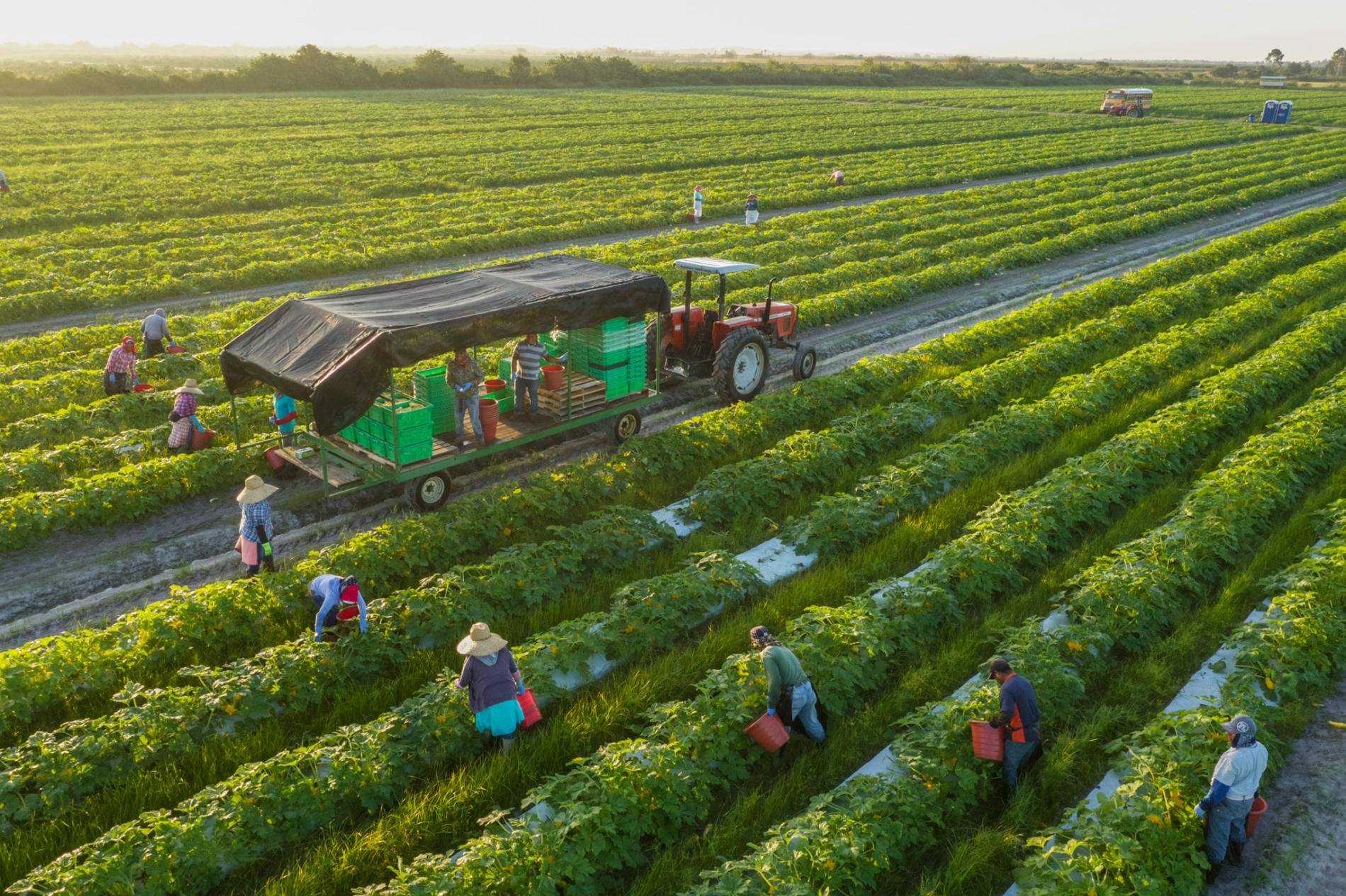In the picturesque region of Appalachia, innovative efforts are underway to breathe new life into the local agricultural industry. This article delves into a groundbreaking Appalachian sustainable agriculture project that has been yielding remarkable results, rejuvenating not only the land but also the communities that call this region home.
Contents
- 1 The Importance of Sustainable Agriculture in Appalachia
- 2 Successful Sustainable Agriculture Practices in the Region
- 3 Economic and Environmental Benefits of Sustainable Agriculture
- 4 Challenges Faced by Sustainable Agriculture Projects in Appalachia
- 5 The Role of Community Engagement in the Success of Sustainable Agriculture
- 6 Partnerships and Collaborations in the Revitalizing Appalachia Project
The Importance of Sustainable Agriculture in Appalachia
Appalachia, known for its stunning landscapes and rich natural resources, has long been a hub for farming. However, the traditional agricultural practices have taken a toll on the environment, leading to soil erosion, water pollution, and a decline in biodiversity. Recognizing the need for change, the sustainable agriculture project in Appalachia aims to transform the way farming is done in the region.
By embracing sustainable farming practices, farmers in Appalachia are not only preserving the land for future generations but also ensuring the long-term viability of their own businesses. Sustainable agriculture focuses on minimizing the use of synthetic inputs such as pesticides and fertilizers, and instead harnesses natural processes to maintain soil health and manage pests. This shift not only benefits the environment but also improves the economic sustainability of farms by reducing input costs and increasing market demand for organic and locally grown produce.
Successful Sustainable Agriculture Practices in the Region
The success of the sustainable agriculture project in Appalachia can be attributed to the adoption of innovative practices that have proven to be effective in improving yields and reducing environmental impact. One such practice is crop rotation, which involves alternating the types of crops grown in a particular field each year. This technique helps break the cycle of pests and diseases, improves soil fertility, and reduces the need for chemical inputs.
Farmers in Appalachia have also embraced organic fertilizers, such as compost and manure, which provide essential nutrients to the soil without the harmful effects of synthetic fertilizers. These natural fertilizers not only improve soil structure and water-holding capacity but also enhance the nutritional content of the crops grown. Additionally, integrated pest management techniques are widely employed, emphasizing the use of beneficial insects, crop rotation, and physical barriers to control pests without relying heavily on pesticides.
Furthermore, the sustainable socially responsible agriculture project has encouraged the use of innovative technologies, such as precision farming and hydroponics, to optimize resource utilization and increase productivity. Precision farming utilizes data-driven approaches to fine-tune inputs, such as water and fertilizers, based on the specific needs of each field. Hydroponics, on the other hand, involves growing plants in nutrient-rich water solutions without soil, allowing for year-round cultivation and efficient use of water and space.
Economic and Environmental Benefits of Sustainable Agriculture
The adoption of sustainable agriculture practices in Appalachia has yielded numerous economic and environmental benefits. By reducing the reliance on synthetic inputs, farmers have been able to decrease input costs, thereby improving their profitability. Moreover, the growing demand for organic and locally produced food has allowed farmers to tap into niche markets and command premium prices for their produce.
In addition to economic gains, sustainable agriculture also brings significant environmental advantages. By minimizing the use of pesticides and synthetic fertilizers, water pollution is reduced, ensuring the health of local waterways and preserving aquatic ecosystems. The implementation of soil conservation techniques, such as cover cropping and contour plowing, helps prevent soil erosion and maintain soil fertility. This not only protects the productivity of farmland but also prevents sediment runoff into rivers and streams, which can negatively impact water quality and aquatic biodiversity.
Furthermore, sustainable agriculture practices promote biodiversity by creating habitat corridors, preserving native vegetation, and encouraging the proliferation of beneficial insects and pollinators. This, in turn, supports the health of ecosystems and contributes to the overall resilience of the region’s agriculture.
Challenges Faced by Sustainable Agriculture Projects in Appalachia
While the sustainable agriculture project in Appalachian has achieved remarkable success, it has not been without its challenges. One of the primary hurdles faced by farmers is the lack of access to resources and information needed to transition to sustainable practices. Many farmers in the region have limited knowledge about sustainable agriculture techniques and struggle to find affordable organic inputs and alternative pest management solutions.
Another significant obstacle is the limited infrastructure for processing and distributing organic and locally grown products. Without adequate facilities for storage, packaging, and transportation, farmers face difficulties in reaching wider markets and maximizing their economic potential. Furthermore, the dominance of conventional agriculture practices and the existing market dynamics pose a challenge for farmers looking to transition to sustainable methods.
The Role of Community Engagement in the Success of Sustainable Agriculture
One of the key factors contributing to the success of the sustainable agriculture project in Appalachian is the active involvement of the local community. The project has fostered a sense of community and empowerment among farmers, encouraging peer-to-peer learning, knowledge sharing, and collaboration. Farmers come together to exchange ideas, share best practices, and collectively address challenges they face in transitioning to sustainable agriculture.
Community engagement initiatives, such as workshops, training programs, and farmer-led organizations, have played a crucial role in disseminating information about sustainable practices and providing farmers with the necessary support and resources. By strengthening the social fabric of the farming community, these initiatives have not only enhanced the adoption of sustainable agriculture but also contributed to the overall well-being of the region.
Partnerships and Collaborations in the Revitalizing Appalachia Project
The success of the sustainable agriculture project in Appalachian can also be attributed to the partnerships and collaborations that have been forged between farmers, researchers, government agencies, and non-profit organizations. These partnerships have allowed for the pooling of resources, expertise, and funding to support the implementation of sustainable practices on a larger scale.
Researchers have been instrumental in conducting studies and providing evidence-based recommendations for sustainable agriculture techniques tailored to the specific needs of the region. Government agencies have provided financial support, policy frameworks, and regulatory guidance to incentivize the adoption of sustainable agriculture practices. Non-profit organizations have played a vital role in facilitating knowledge exchange, capacity building, and market access for farmers.
The sustainable agriculture project in Appalachian serves as a shining example of how innovative practices and community engagement can revitalize the agricultural industry. By embracing sustainable farming techniques, farmers in the region are not only improving their economic viability but also safeguarding the environment for future generations. With continued support, partnerships, and collaboration, the revitalization of Appalachia’s agriculture holds great promise for a brighter and more sustainable future.



